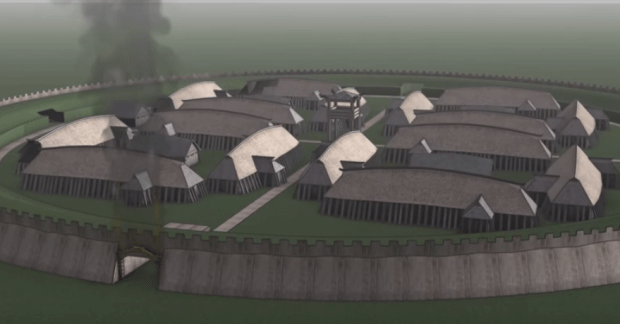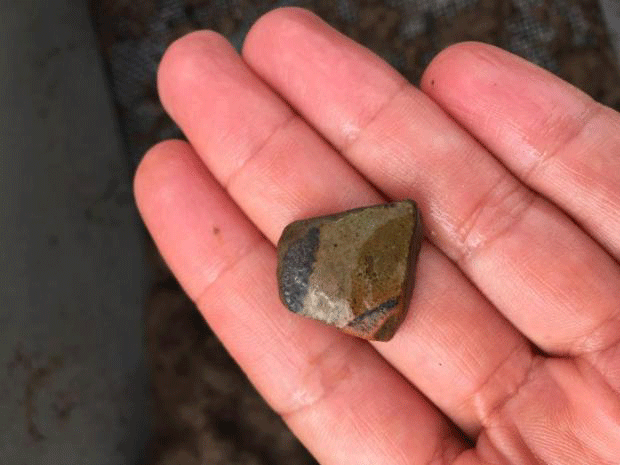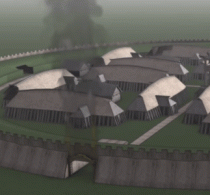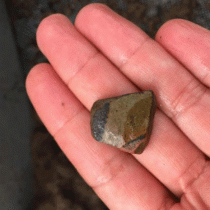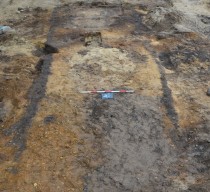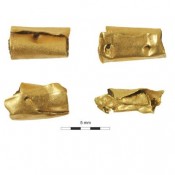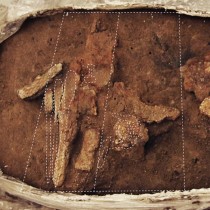The discovery of ceramic pottery pieces in the main gates of a Denmark Viking ring fortress indicates the fortresses were used for longer and served more purposes than it was thought until now.
So far it was thought that they were built with one single goal in mind and then disappeared, although their purpose divided archaeologists and historians.
Although all five Viking ring fortresses in Denmark were built around 980, probably by Harold Bluetooth, newly discovered pieces of ceramic pottery in the main gates of Denmark’s fifth Viking ring fortress, Borgring, belong to the first half of the 11th century. This was much later than the construction of the fortress. The ceramics were discovered at the north and eastern gate, indicating the fortress served different purposes over time. This contradicts the theory that the fortresses were built and then soon disappeared after they had served their initially intended purpose.
The two gates were probably partially burnt down, but the existence of the pottery of later age shows that it was brought through the gate after the time of the fire. In the eastern gate, archaeologists found other evidence that support the theory that the fortress hadn’t burned down entirely and was consequently reused, i.e. floor layers, a fireplace, and a Viking toolbox in connection with the pottery.
The pottery is influenced by Stamford Ware, an English style, and only a few examples are known to exist outside England from this period, namely in Lejre and Roskilde in Denmark and Lund in Sweden, all Viking political power hubs.
